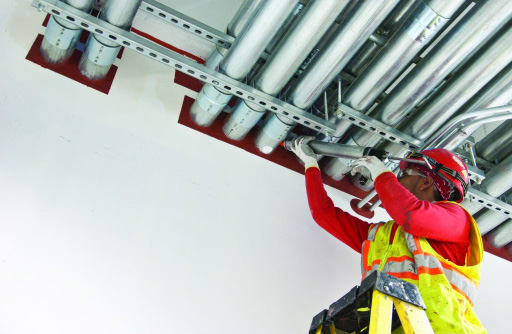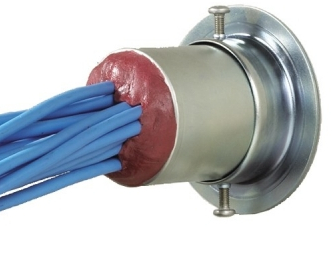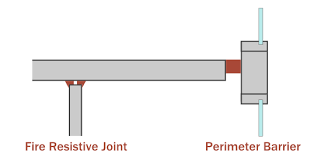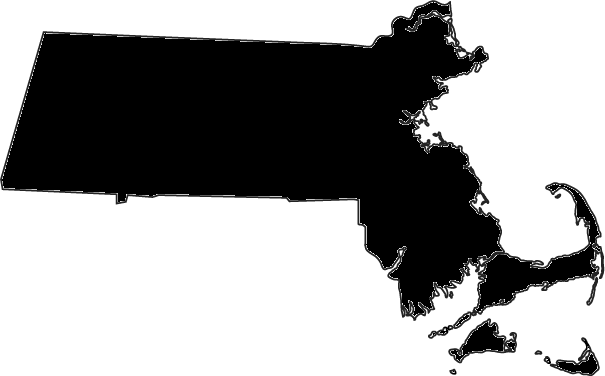IFC FIRESTOPPING INSPECTION
The 2012, 2015, and 2018 International Building Codes now require third party Special Inspections of firestopping by a qualified firestop inspector for Risk Category III and IV buildings, as well as those over 75 feet in height.
Thielsch Engineering, Inc. (TEI) has International Firestop Council (IFC) Premier Firestop Inspectors.

What makes someone qualified?
Not just someone who has installed firestopping!According to ASTM E3808:
- Certified by IFC or FM/UL
- Previous firestop inspecting experience
- Training from four (4) different manufacturers OR six (6) hour class that is acceptable to AHJ or AA
TYPES OF FIRE PROTECTION SYSTEMS

Confine a fire for a specified duration, thereby preventing fire spread and allowing more time for safe evacuation of the building occupants.

Used to extinguish or prevent the spread of fire in a building. Suppression systems use either wet or dry chemicals.

Quickly identify a developing fire and alert building occupants and emergency response personnel before extensive damage occurs.

WHAT IS FIRESTOPPING?

Firestopping is a form of containment and prevents the passage of fire, smoke, and toxic gasses from one part of a building to the other. Firestopping systems are complex and require detailed inspections by individuals trained and certified through the International Fire Council (IFC). The most common standards used for firestop field inspections are ASTM E2174 and ASTM E2393.
COMMON FORMS OF FIRESTOPPING
Firestopping has three key elements: the fire-rated walls, partitions, floors or ceilings being penetrated; the cables, cable trays, pipe, duct or conduits that make up the object creating the penetration; and the materials and methods used to seal the penetrations to prevent the spread of fire and smoke.



Rated Joint Assembly

Perimeter Barrier Systems

Penetration Systems


